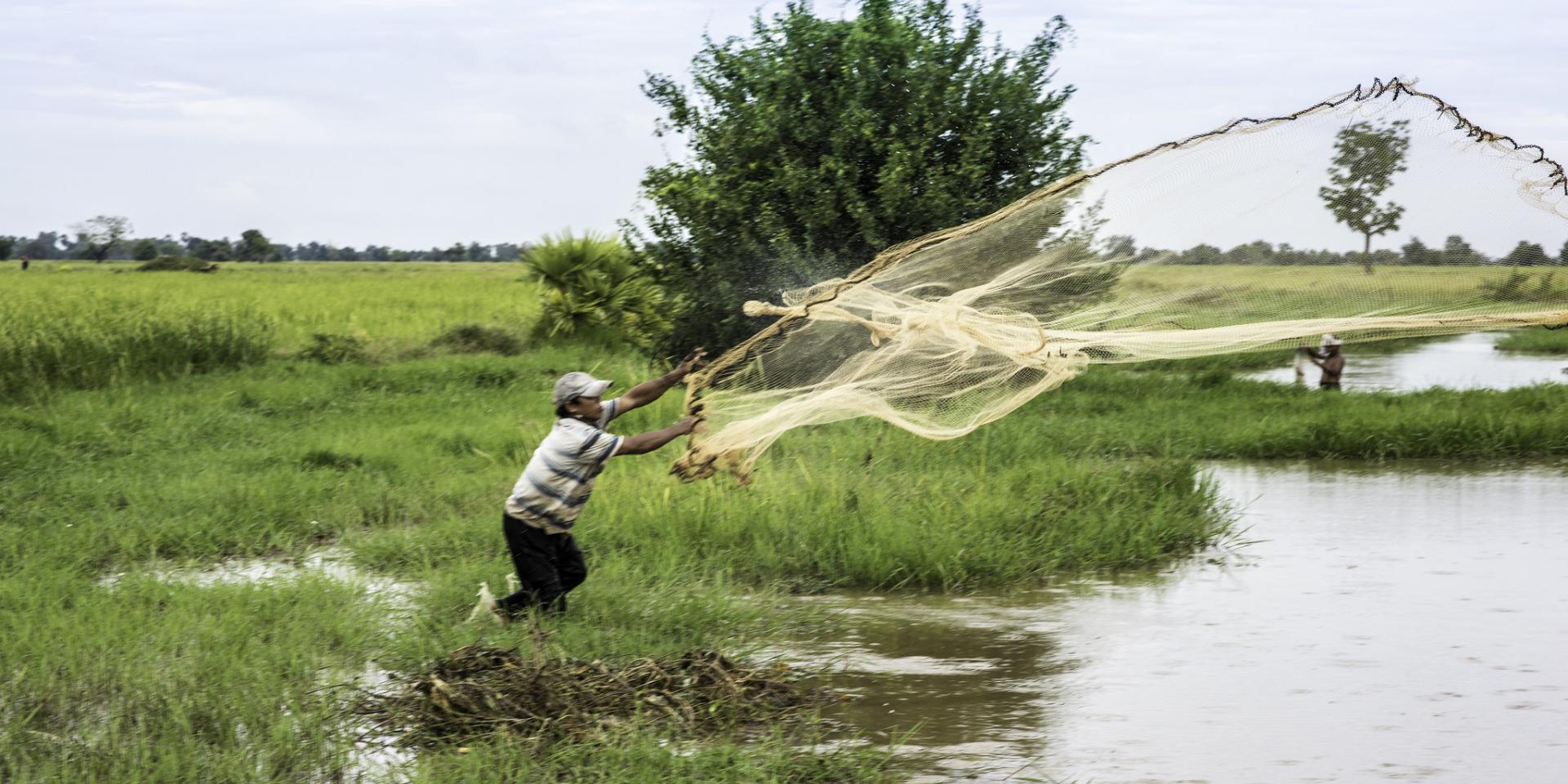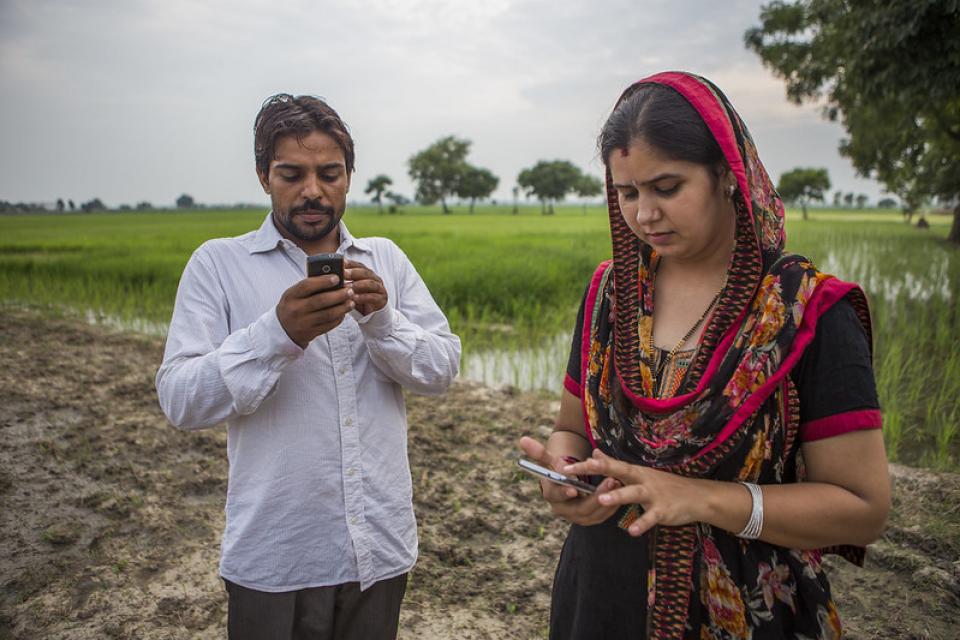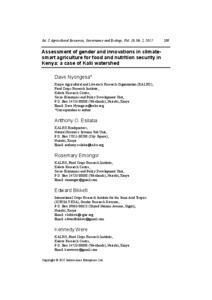Climate-smart innovations provide a window of opportunity to transform aquatic food systems
 Photo: Finn Thilsted/WorldFish
Photo: Finn Thilsted/WorldFish
WorldFish scientist Dr. Peerzadi Rumana Hossain explains how aquatic food innovations in Bangladesh can foster resilient, nature-positive food systems in the face of climate change.
Food systems use half of the Earth's biocapacity and account for over a quarter of the global ecological footprint. Our methods of producing, supplying and consuming food are threatened by climate change while paradoxically contributing to carbon emissions. As demand for food production increases by the world's growing population, ensuring food and nutrition security within planetary boundaries requires urgent climate-smart food systems.
Aquatic foods—animals, plants and microorganisms harvested and grown from water—have a significant role in sustainably feeding and nourishing the world while reducing food systems’ ecological footprint. Globally, aquaculture increasingly dominates aquatic food production systems, and fish and other aquatic foods are among the most traded food commodities globally. Sustainable aquaculture produces less greenhouse gases than land-based livestock and crop-agriculture. Most importantly, aquatic foods are rich in protein and contain essential micronutrients that other food commodities cannot easily substitute. Often the most accessible and acceptable nutritious foods for many vulnerable communities in low- and middle-income countries they offer solutions for improving sustainable healthy diets.
However, climate change-induced natural shocks and disasters, including erratic rain, floods, cyclones, droughts and heatwaves, as well as climate-induced warming, ocean acidification, sea-level rise, saltwater intrusion and salinization, are already affecting aquatic food systems and causing havoc for aquatic food producers worldwide.


